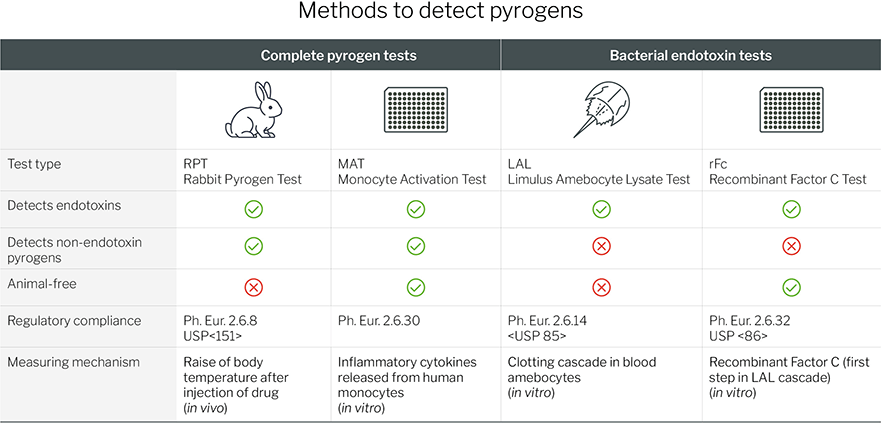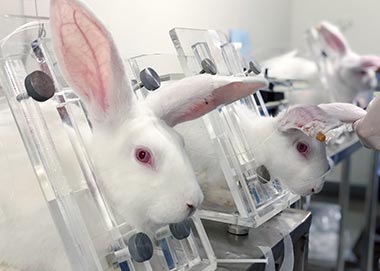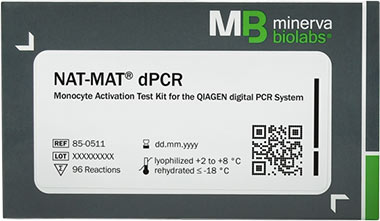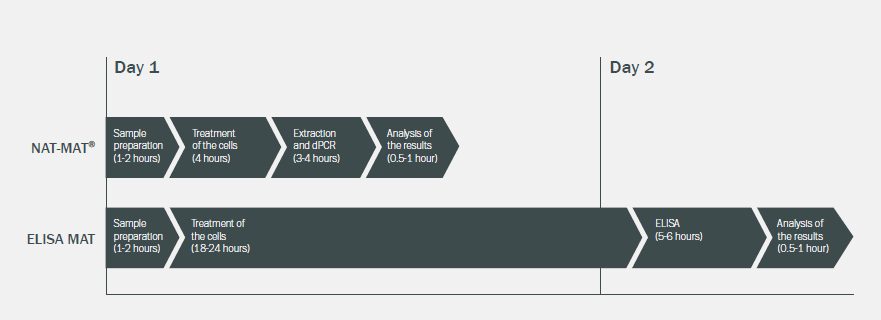Navigating New Standards
Latest Changes in Complete Pyrogen and Bacterial Endotoxin Testing Requirements
Sep 18, 2024 | Informative Articles

Why is Pyrogen Testing Necessary?
In the pharmaceutical industry, the safety of products is paramount, particularly when it comes to preventing adverse reactions in patients. One critical aspect of safety testing is pyrogen detection. Pyrogens are substances that can induce fever when introduced into the body. They can be either microbial, such as endotoxins from bacteria, or non-microbial, originating from various sources like chemicals or contaminants. Complete pyrogen testing is essential for ensuring that pharmaceutical products, especially those administered intravenously, are free from these harmful substances.
What are Pyrogens and How are they Classified?
Pyrogens are fever-inducing substances primarily derived from microorganisms such as bacteria, viruses, yeasts, molds, or chemical substances. They can cause severe reactions, including fever, shock, and even death if not properly controlled. Pyrogens are generally classified into two main types:
- Bacterial endotoxins are the most potent pyrogenic contaminants and are ubiquitous. They derive from the cell wall of Gram-negative bacteria and include membrane-derived compounds such as lipid polysaccharide (LPS), flagellin, peptidoglycans, lipids, proteins, etc. It´s difficult to remove them during manufacturing since they often are heat stable.
- Non-Endotoxin Pyrogens (NEPs) include substances from Gram-positive bacteria (e.g. peptidoglycans and lipoteichoic acids), viruses, yeasts and molds as well as certain chemical substances (e.g. primary packaging material, rubber, plastic or metal abrasion).
How to Detect Endotoxins and Pyrogens?
There are a variety of methods that can be used to detect pyrogens. They can be categorised in two groups: Complete pyrogen tests and bacterial endotoxin tests. The following overview shows main features and differences between these tests.

Bacterial Endotoxin Testing
 Photo: pixabay.com | Pexels
Photo: pixabay.com | Pexels
Bacterial endotoxin tests (BET) only detect bacterial endotoxins and no NEPs. Traditionally, the Limulus Amebocyte Lysate (LAL) test is used for endotoxin testing. This test relies on blue blood cells from the Atlantic horseshoe crab, Limulus olyphemus, which clots in presence of endotoxins. In Asia the test is called TAL test, because the blood cells of another horseshoe crab species, Tachypleus spp., are used. During blood collection many animals die.
What has been permitted in the European pharmacopeia since 2018 is now also permitted in the USA – The recombinant Factor C (rFC) test has finally been accepted by the US pharmacopeia and will become official in May 2025 [1]. This test copies the LAL test and uses a synthetically produced, recombinant version of the first enzyme in the LAL clotting cascade. Since this test does not rely on the blood of horseshoe crabs, no animals have to suffer and die for it.
 Both the rFC test and the LAL test only detect endotoxins. Non-endotoxin pyrogens can only be detected by a complete pyrogen test.
Both the rFC test and the LAL test only detect endotoxins. Non-endotoxin pyrogens can only be detected by a complete pyrogen test.
Complete Pyrogen Testing
 Photo: iStock.com | unoL
Photo: iStock.com | unoL
When it comes to complete pyrogen testing, traditionally, the Rabbit Pyrogen Test (RPT) has been the standard method for detecting pyrogens. In this test, the product is injected into rabbits, and their body temperature is monitored for any rise indicative of a pyrogenic response.
With increasing awareness of ethical concerns and growing demand for animal-free alternatives, the Monocyte Activation Test (MAT) was introduced into the European Pharmacopeia (Ph. Eur.) in 2010 – providing a human in vitro system to detect and quantify pyrogenic substances.
In June 2024 the Ph. Eur. Commission has decided to end the RPT era by deleting the RPT from the Ph. Eur.. The revised texts omitting the RPT and the new general chapter on Pyrogenicity (5.1.13) will be implemented in Supplement 11.8 of the Ph. Eur. on 1 July 2025 [2]. This represents a significant milestone for animal welfare and the progress of modern in vitro methods for pyrogen testing. Consequently, the RPT will no longer be mandated in any chapter of the Ph. Eur.. Pharmaceutical manufacturers are now responsible to select and establish a suitable in vitro test method (e.g. MAT) to monitor the pyrogenicity of their products.
The MAT is based on the activation of monocytes by pyrogenic substances present in the sample. Upon exposure to potential pyrogens, monocytes undergo a signalling pathway resulting in secretion of pro-inflammatory cytokines, such as IL-1β, TNF-α and IL-6. The release of these cytokines is measured in the MAT.
Discover Next-Generation MAT Testing

Minerva Biolabs has developed a next generation MAT system that measures the gene expression of IL-1β and TNF-α using digital PCR – the NAT-MAT®. The protocol is optimized for fast and reliable pyrogen detection and offers robust and highly sensitive results. The NAT-MAT® enables complete pyrogen testing and detects endotoxin as well as non-endotoxin pyrogens. The test can be conducted as in-process control and as final QC release testing of medicinal products according to Ph. Eur. 2.6.30. Due to the parallel measurement of two cytokines and one housekeeping gene more accurate results can be generated. The housekeeping gene also works as quality control of extraction and cell number, thus the assay functions within a range of cell densities. Analysis of the results can be done automatically by Minerva Biolabs' NAT-MAT® software according to the requirements of Ph. Eur. 2.6.30.
In contrast to ELISA-based MATs, our NAT-MAT® can be performed within 1 day.

[1] https://www.usp.org/news/expert-committee-approves-endotoxin-testing-using-non-animal-derived-reagents[2] https://www.edqm.eu/en/-/ph.-eur-bids-adieu-to-rabbit-pyrogen-test-in-its-monographs

